If you are contemplating whether or not you should take a first aid course, our answer is yes! First aid courses are extremely beneficial for those working in a professional environment. However, they also provide lifesaving skills to be outside of the workplace, because you never know when you will find yourself in an emergency situation.
Do you need more convincing? The five aims of a first aider will help us explain why administering first aid is important during a crisis situation.
1. By Administering First Aid You Can Preserve Life
The most important aim of first aid is to save the person’s life! This can be done by following the ABC’s of first aid treatment:
- Airway: First aiders should always check the individual’s airways to see if it is clear. For example, if they are choking on food, this obstruction could prevent them from breathing and needs to be cleared to maintain air circulation.
- Breathing: The airway is clear, but are they breathing? Providers should watch the chest to observe if it is rising and falling or they may also listen for breathing by placing their ear next to the nose and mouth for up to 10 seconds, with their eyes focused on the chest looking for movement.
- Circulation: When it has been confirmed that the individual isn’t breathing, the emergency responder can now provide chest compressions (CPR) to promote blood circulation.
- Defibrillation (or deadly bleeding): If the casualty cannot be revived with chest compressions, first aid responders may use a defibrillator to provide an electric shock with assistance from the prompts of an AED machine. It is useful to connect this to the casualty with assistance from a second first aider, during the CPR process.
2. First Aid Helps to Prevent the Condition from Worsening
The first aider’s role is to manage the injury and/or illness and prevent it from getting worse. For example, if someone is bleeding profusely, the first aider will try to prevent it from bleeding further by using the right body positioning, bandages, etc., to manage the wound.
3. Proper First Aid Treatment Can Promote Faster Recovery
Providing basic first aid, such as stopping bleeding or cleaning and bandaging wounds, and applying pressure or ointments will promote faster recovery. It will also help to prevent unwanted bacteria infections, scarring, and more.
4. Administering First Aid Provides Pain Relief for the Patient
Providing pain relief medication to an individual in distress may be suitable in some situations. If the individual has a sprain and is not bleeding, it may be advisable to provide over the counter pain relief until they are able to seek professional care at a hospital. Please note, that pain relief should only be provided when it won’t further injure the patient. For example, if someone has any allergies to medications or is bleeding, pain medication is not advisable. It’s always best to err on the side of caution and ask a medical professional before offering any sort of medication. Other things you can do to provide pain relief is to follow the RICE method.
Rest – and do not move the injured area
Ice – apply ice
Compression – wrap the area with a bandage
Elevate – raise the injured area to increase blood flow
5. Proper First Aid Skills Can Protect an Unconscious Individual
Providing first aid skills to an unconscious individual is important, as it protects them when they don’t have the ability to do it themselves. Clearing any hazards from the unconscious casualty, checking their vital signs, and administering first aid are all part of protecting a non-responsive casualty. If a spinal injury is not suspected, placing the unresponsive casualty in the recovery position until help arrives also protects them.
Sign up for a First Aid Course with Blueguard!
Blueguard’s First Aid Courses are designed to provide both professionals and the general public with the knowledge to preserve and protect individuals during an emergency situation. Developed with the student in mind, our innovative first aid courses are reputable, professional, and realistic for real life emergency situations.
At Blueguard, we offer a wide range of first aid training courses crafted to meet your specific needs, to include Wilderness First Aid, Level 2 International Award in Emergency First Aid, Emergency Pediatric First Aid Course, and Advanced First Aid At Work for adults as well as young adults.
If you’re interested in signing up for a First Aid training course, contact a member of the Blueguard team today!
